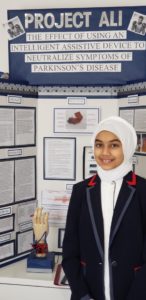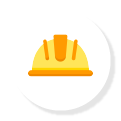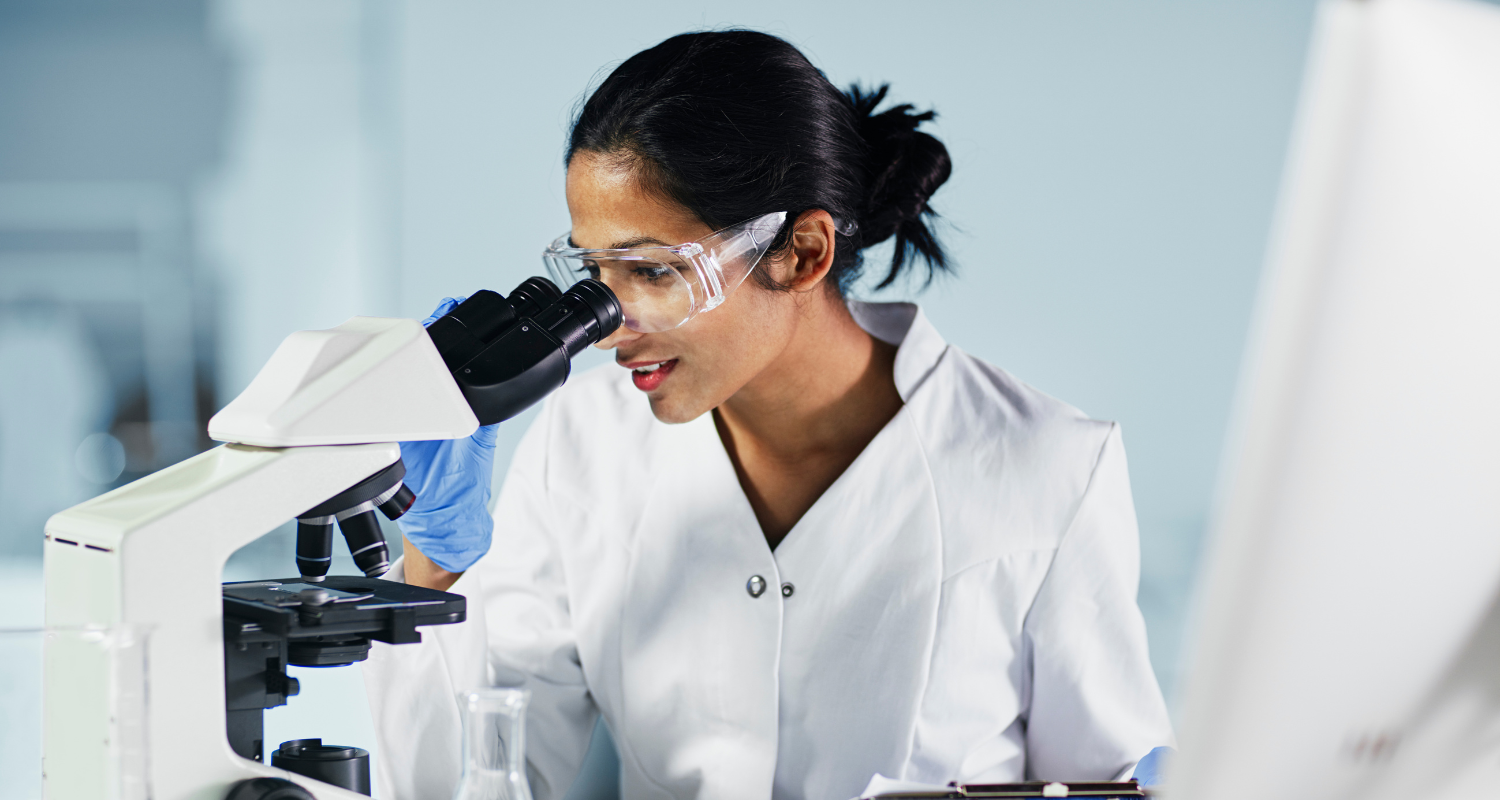What kind of research did you have to do to come up with the idea? Who helped you along the way?
I did two months’ worth of research. There were many hurdles I came across finding volunteers to test the device. Haley Chapman, the community development coordinator at Parkinson’s Canada helped me reach out to patients after informing them about my device. Three patients were willing to test the device, and consent forms were given.
My mom was basically my ‘PR.’ She called support groups, retirement homes and nursing homes to recruit more participants as I had school and a lot of homework. I had to do a lot of research to see if there was a device like mine and, if yes, what I could do to make my project better. My father started the inspiration for coding in the first place.
What inspired you to develop this device? Do you know anyone with Parkinson’s?
I was inspired by Muhammad Ali, which is why my device’s name is Project Ali. A couple of years ago, my family and I went to a conference where a segment was dedicated to Muhammed Ali. I learned about when he was diagnosed with Parkinson’s disease, and how that impacted his life. I was left wondering what would happen if a device like mine was introduced to the boxer and how it would have improved his life. I do not know anyone personally with Parkinson’s disease.
Did you create Project Ali for a science fair?
Yes, this project was created for my school science fair. I won first place, and now I’m participating in BASEF [the Bay Area Science and Engineering Fair, which is open to Ontario students in grades 7 to 12 in Hamilton, Halton Region, Haldimand County, Norfolk County, County of Brant and Six Nations]. I hope with this many more opportunities can come my way.
What made you want to join CAGIS? What has your experience been like with the group?
I ran into a CAGIS volunteer at a live taping of
CBC Radio’s Quirks and Quarks which is a science program that I listen to often. During the question and answer period I had a discussion with one of the astronauts and the CAGIS volunteer noticed my passion for science and recommended CAGIS. I joined in January of this year and am excited to be part of an organization which advocates for girls like me who love science and provide us with challenging activities.
What do you enjoy doing when you’re not working on science fair projects?
I try to balance my artistic and technical sides with activities like drawing, reading, writing, performing poetry and coding.
Are you interested in pursuing science or engineering in the future?
With my latest project I found a technical solution for a biological problem and I feel like the future of science is in bio-engineering, such as prosthetics and other devices that can aid in medical sciences.
Science is a key to discovery: it’s life, it’s trial and error. It teaches us testable solutions.
To find out more about the Bay Area Science and Engineering Fair, which is being held online this year, go to their website.







